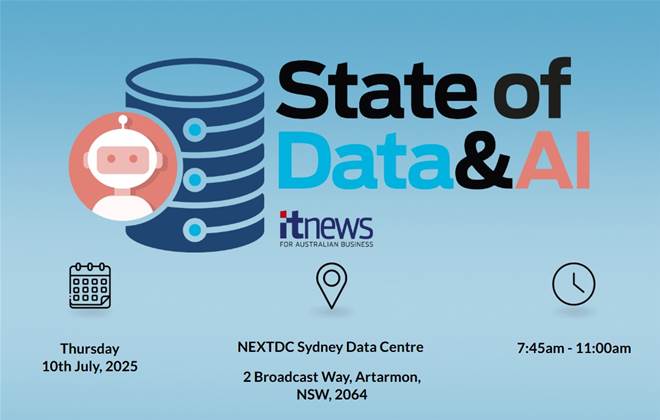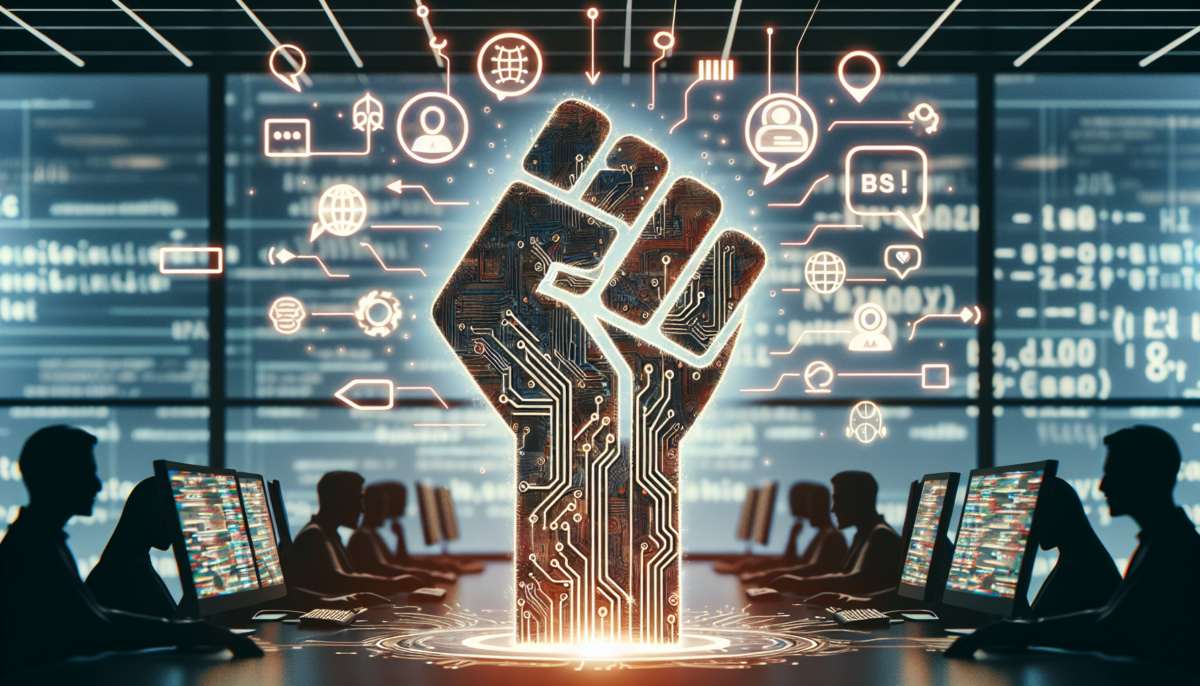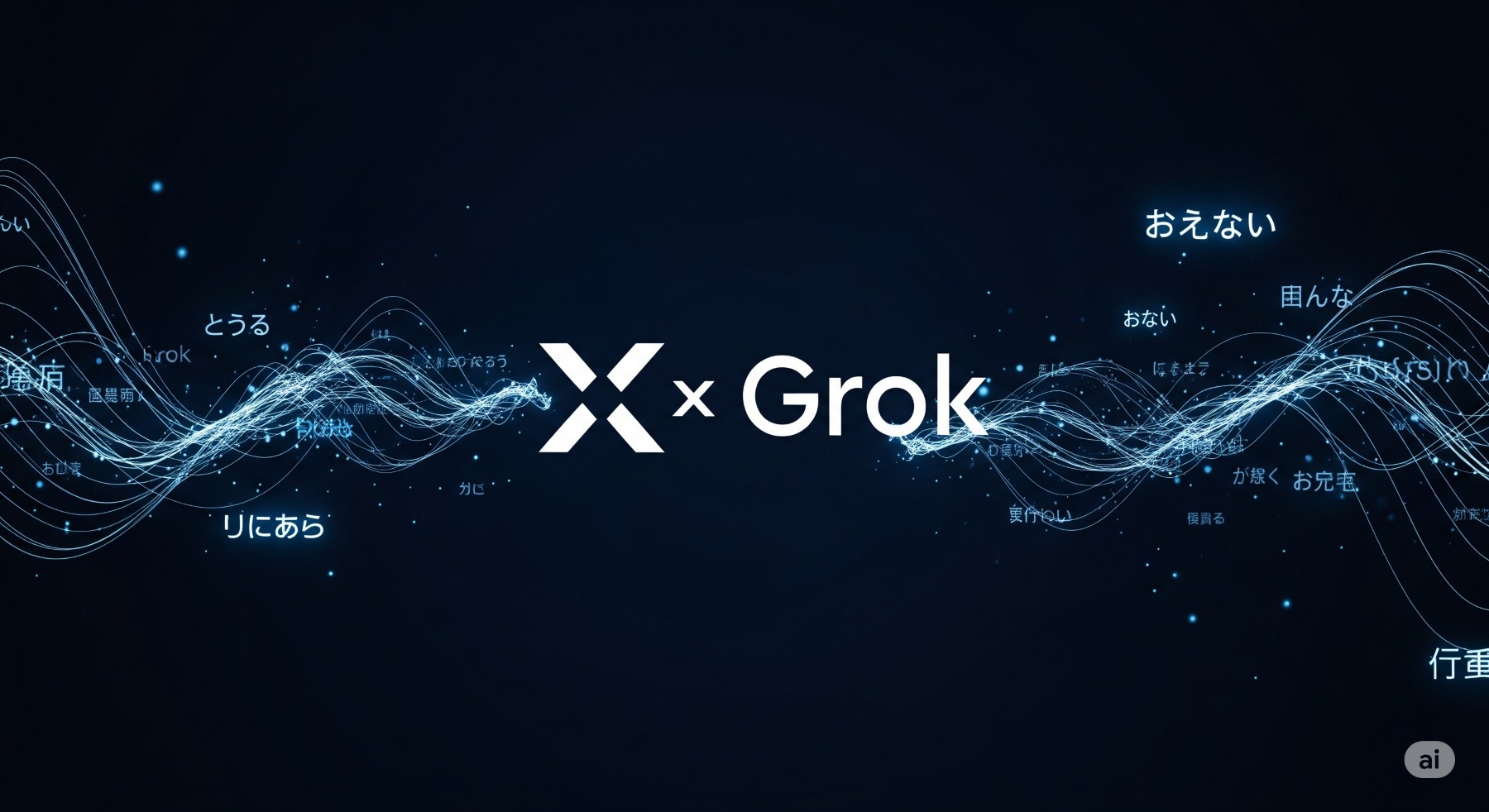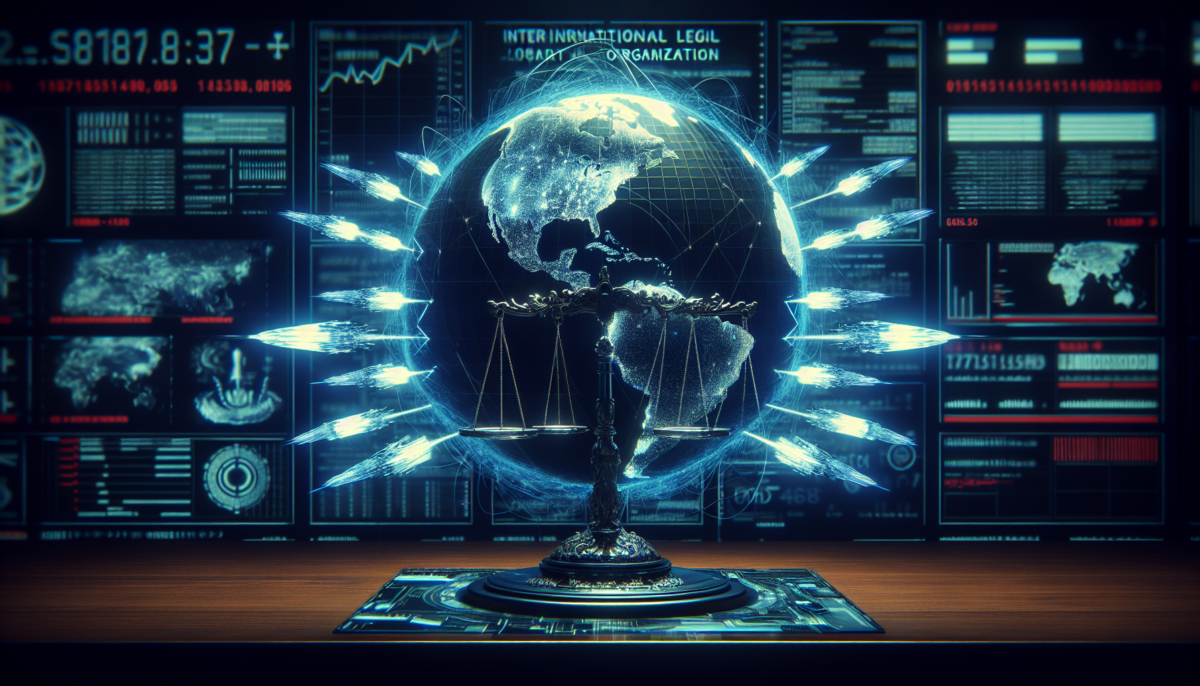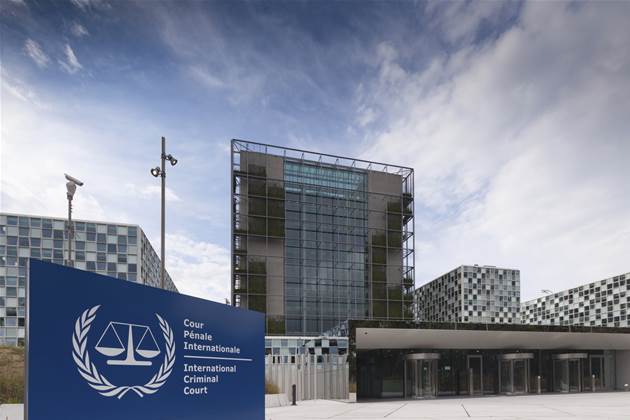Narrowing the AI Innovation Divide: An In-Depth Look into Australian Corporate Environments
Brief Overview
- Australian leaders are enthusiastic about AI’s possibilities yet face challenges in implementation.
- Merely 5% of AI pilot initiatives transition to production due to fundamental deficiencies.
- Essential infrastructure and governance play a pivotal role in effective AI integration.
- Micro-innovation along with cross-departmental teams can help close the AI perception divide.
- Unsupervised AI presents dangers without adequate oversight and governance.
- Shifts in culture and management of change are crucial for embracing AI.
From Excitement to Implementation: The Australian AI Hurdle
A recent exploration of Australian executive boardrooms underscored the disconnect between AI enthusiasm and tangible execution. Business leaders are keen to harness AI for economic benefits but encounter difficulties in turning dreams into reality. Steve Anderton, who heads digital solutions at Brennan, pointed out that despite considerable interest, the uptake of AI is still limited.
Identifying the Challenges
Anderton’s research indicates that unclear objectives, absence of success indicators, and excessive confidence are significant obstacles. This has fostered a divide between AI advocates and financial leaders like CFOs, who are reluctant to allocate resources without compelling business cases.
Micro-Innovation: A Path to Close the AI Perception Divide
To tackle these issues, Anderton proposes a strategy of ‘micro-innovation’. This approach focuses on bringing together cross-functional teams to swiftly prototype and refine AI solutions, quickly showcasing their value and steering clear of overcommitting to uncertain projects. Achieving this requires a cultural transformation within organizations.
Infrastructure: The Core of AI Advancement
Advancing AI pilots to operational status calls for solid IT infrastructure and governance. Contemporary cloud solutions, efficient data governance, and adaptable infrastructure are crucial. The emergence of ‘Shadow AI’, where applications like ChatGPT are utilized without oversight, heightens the risk, emphasizing the need for governance.
Cultural Transformations: Getting Ready for an AI-Driven Future
Confronting cultural hurdles, such as anxieties about job security, is essential. The focus should not be on AI replacing jobs but rather on empowering individuals who can effectively leverage AI. Appropriate change management and educational efforts are critical for prevailing AI integration.
Conclusion
Australian companies find themselves at a pivotal moment in AI uptake, fueled by enthusiasm yet impeded by challenges in execution. By concentrating on micro-innovation, bolstering infrastructure, and tackling cultural obstacles, businesses can transition from aspirations to successful AI adoption.
FAQs
Q: What are the primary obstacles to AI acceptance in Australian firms?
A: Core barriers include unclear goals, lack of success measurements, and executive overconfidence, in addition to insufficient infrastructure and governance.
Q: What is ‘micro-innovation’ and what benefits does it provide?
A: ‘Micro-innovation’ refers to small teams from various functions rapidly creating AI solutions to illustrate value, aiding in bridging the perception gap.
Q: Why is infrastructure vital for successful AI deployment?
A: Robust IT frameworks and governance are critical to facilitate AI scaling and safeguard against issues such as data leaks from ‘Shadow AI’.
Q: How can organizations manage cultural hurdles during AI adoption?
A: Proper change management and training initiatives can help alleviate job security concerns and ensure effective AI integration.
Q: What does ‘Shadow AI’ mean and what are the associated risks?
A: ‘Shadow AI’ describes the use of AI tools without oversight, leading to risks like data leaks and uncontrolled growth within organizations.
Q: How can businesses confirm their AI investments are warranted?
A: By establishing clear business cases, defining success metrics, and aligning AI projects with organizational objectives, companies can validate their investments.
Q: What is the significance of governance in AI implementation?
A: Governance ensures that AI usage is regulated, safe, and compliant, thus mitigating risks associated with unregulated AI deployment.







